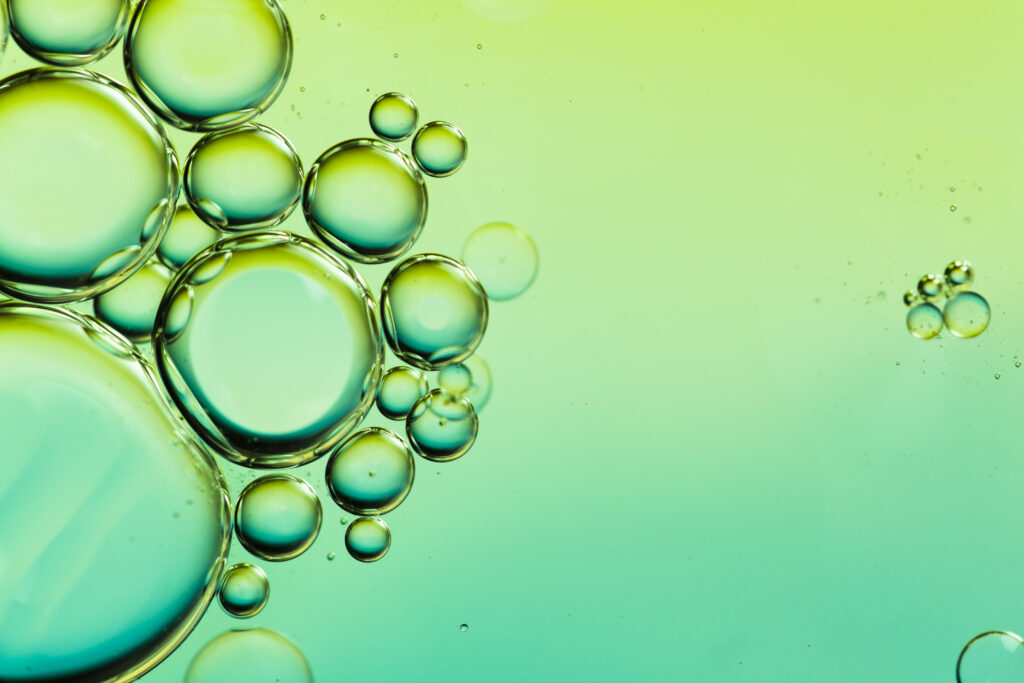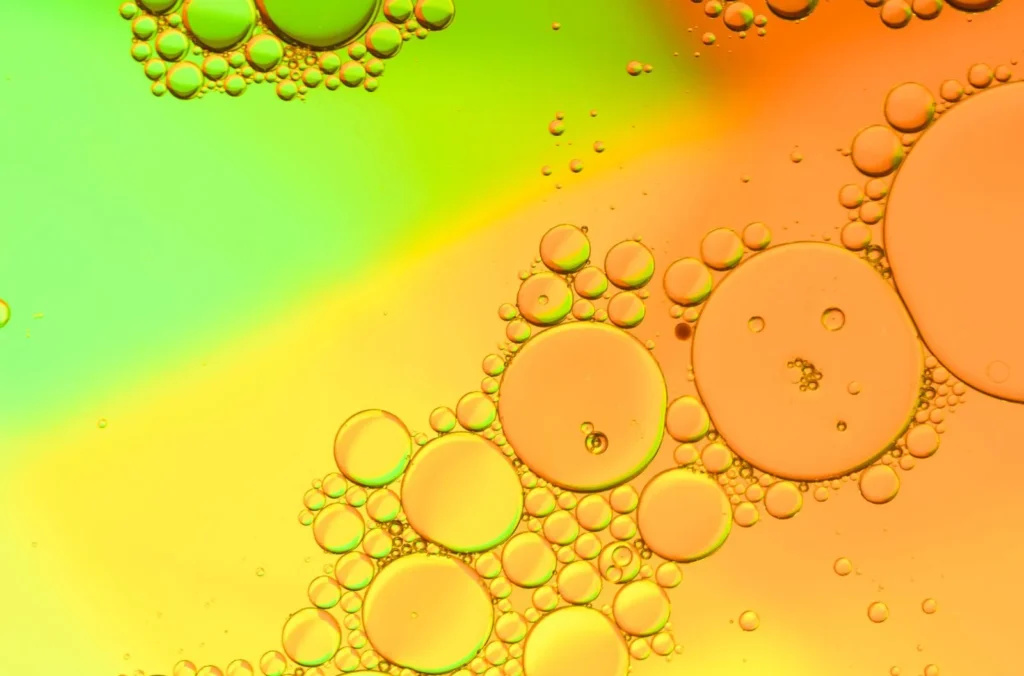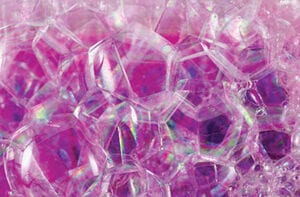Why Defoamers Are Essential in Water Treatment and Waste Management
Why Defoamers Are Essential in Water Treatment and Waste Management
Blog Article
The Duty of Defoamers in Enhancing Item High Quality and Performance
Defoamers serve as necessary ingredients that reduce this concern, guaranteeing smoother production operations while improving the useful and aesthetic qualities of the final items. The option of the suitable defoamer can be crucial to attaining optimum outcomes, elevating essential concerns about solution compatibility and performance metrics that merit more exploration.
Understanding Defoamers
Recognizing the role of defoamers is essential for keeping item top quality across different markets. Defoamers are chemical additives developed to minimize and avoid the formation of foam in liquid systems, which can negatively impact procedures such as blending, loading, and surface area stress. Frothing can result in inefficiencies, item defects, and compromised visual allure, making defoamers an essential part in manufacturing procedures.
In commercial applications, defoamers assist to improve product consistency and stability. The efficient use of defoamers not only ensures smoother production procedures however likewise adds to exceptional item performance.
Moreover, the selection and solution of a defoamer must line up with particular application demands, such as compatibility with other active ingredients, effectiveness under varying temperature and pH conditions, and potential governing constraints. Eventually, comprehending defoamers' features and their importance in numerous formulations is crucial for optimizing production and making certain the finest quality final result.
Types of Defoamers
Defoamers can be classified into numerous types based on their make-up and device of action. The key types include silicone-based, non-silicone organic, and not natural defoamers.
Silicone-based defoamers are among one of the most effective, primarily as a result of their ability to spread out promptly on the liquid surface and interfere with foam formation. Their unique chemical framework allows for premium stability, making them appropriate for high-temperature applications and environments with varying pH levels.
Non-silicone natural defoamers, frequently composed of fatty acids or natural oils, are valued for their biodegradability and lower toxicity. These are commonly made use of in food and beverage applications where safety and ecological impact are vital.
Inorganic defoamers, that include substances like talc or calcium carbonate, act by boosting the density of the liquid, therefore reducing foam security. They are often used in industrial procedures where compatibility with other products is not a worry.
Each kind of defoamer has distinctive benefits and constraints, permitting tailored remedies depending upon the details lathering concerns come across in different applications. Recognizing these differences is critical for optimizing efficiency and accomplishing desired product top quality.
Applications Across Industries
Numerous markets leverage defoamers to enhance item quality and operational effectiveness. In the food and beverage industry, defoamers are essential in processes such as brewing and milk production to stop foam development, which can bring about ineffectiveness and product variance. By managing foam, makers can make sure much better return and a much more consistent item.
In the pharmaceutical sector, defoamers play an essential duty in the solution of liquid drugs, where too much foam can impede blending and precise dosing. Their use aids maintain the stability of the formulations and assists in smoother production procedures.
The paint and coatings sector additionally depends on defoamers to boost the performance of items throughout application. By lessening foam, these ingredients ensure a smoother coating and enhance the aesthetic top qualities of the end product.

Advantages of Utilizing Defoamers
While the application of defoamers differs across industries, their advantages consistently boost product quality and procedure effectiveness. One considerable advantage is the decrease of foam formation during making processes, which can see this website or else lead to manufacturing hold-ups and inconsistencies in product high quality. By lessening foam, defoamers make it possible for a smoother circulation of products, promoting much more efficient operations and reducing the possibility of equipment over at this website malfunctions.
Furthermore, the usage of defoamers can enhance the appearance and texture of last products. In industries such as finishings, paints, and food processing, extreme foam can jeopardize the aesthetic aesthetic appeals and general high quality, while the appropriate defoamer application makes sure a consistent coating and preferable qualities. Furthermore, defoamers can add to cost financial savings by lowering waste throughout production and maximizing making use of resources (defoamers).

Picking the Right Defoamer
Choosing the right defoamer is critical for maximizing manufacturing processes and making certain product high quality. The selection of defoamer influences not only the effectiveness of foam control yet likewise the general efficiency qualities of the end product. Variables to consider consist of the sort of application, the chemistry of the formulation, and the environmental conditions under which the product will be made use of.
Various industries may require certain defoamer types, such as silicone-based, organic, or polymeric defoamers. Understanding the compatibility of the defoamer with the primary active ingredients is crucial to stay clear of negative responses that could jeopardize item stability. Additionally, the defoamer's efficiency in different temperatures and pH degrees should be assessed to guarantee regular performance.
Evaluating the defoamer in small applications can give beneficial insights into its efficiency and viability. Factor to consider of regulative conformity, especially in food, drugs, and cosmetics, is paramount in choosing a defoamer. Ultimately, a complete analysis of these variables will cause the selection of a defoamer that not only manages foam successfully however additionally boosts the high quality and efficiency of the end product.
Conclusion

Finally, defoamers are necessary additives that considerably improve see this page item quality and performance across different industries. By properly minimizing foam formation, these agents not just boost operational efficiency but also add to the aesthetic and practical integrity of items. The calculated choice and application of defoamers bring about set you back savings, enhanced source use, and raised client complete satisfaction. Overall, the value of defoamers in industrial procedures can not be overemphasized, as they play an essential function in accomplishing constant and high-grade results.
Frothing can lead to ineffectiveness, item defects, and endangered aesthetic allure, making defoamers an important component in producing operations.

Report this page